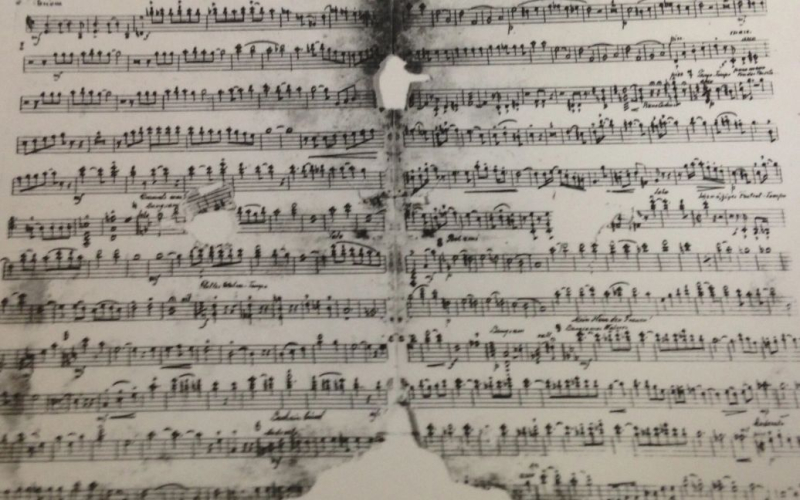
The composer restored the fragments preserved in the museum.
Fragments of musical scores discovered at Auschwitz will be heard for the first time next week after a painstaking restoration by the composer.
CNN writes about this.
Leo Geyer, 31, also a conductor, said he came across the collection of music manuscripts by chance during a visit to the Auschwitz concentration camp in 2015.
Geyer visited the former Nazi concentration camp after being commissioned to create music in memory of Martin Gilbert, the British historian and Holocaust expert who died in February of that year.
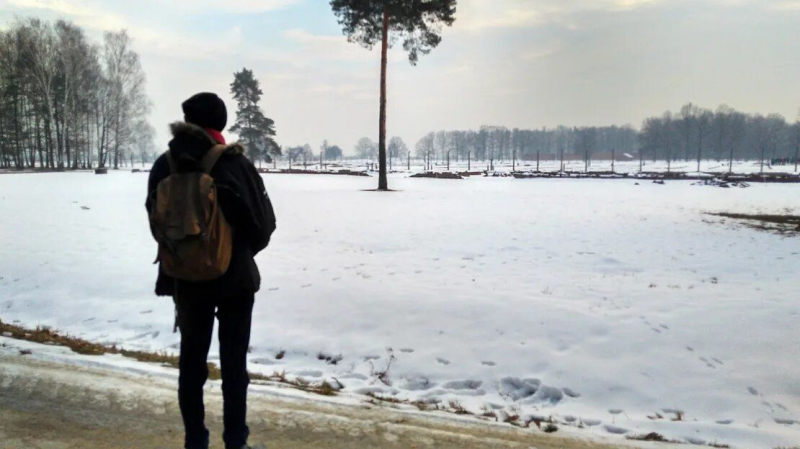
Geyer traveled to Poland to “feel the seriousness” of Gilbert's work. There he met with the archivist of the Auschwitz-Birkenau Memorial and Museum, who mentioned that they had remnants of musical scores arranged and performed by orchestras in the camp.
“I knew there were orchestras at Auschwitz and that was something we talked about because that interested me as a musician,” he said. “It was only then that he mentioned the manuscripts in the archive. I almost fell over when he first told me about it – I couldn't believe that such a thing had gone almost unnoticed for almost 80 years.”
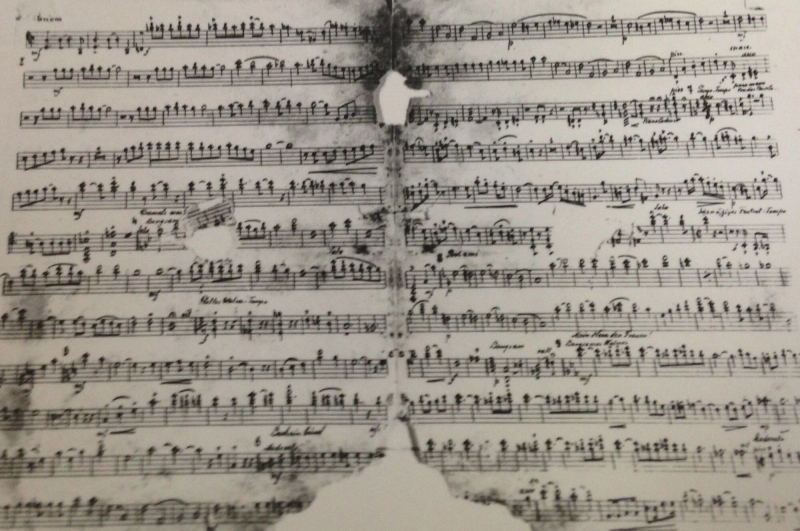
A month later, Geyer returned to Poland to check the results.
“That’s when I realized why it took so long for people to show interest,” he said, explaining that the archive contains “210 pieces of music of varying levels of completion.”
“The music was mostly destroyed, so what's left is like a broken puzzle, except there are several of them and they're all jumbled together,” he said, adding that he's been back four more times since then.
Geyer, who is pursuing a PhD in music and composition at Oxford University, said he was determined to reproduce the works and bring them to life. He conducted extensive research into evidence from Auschwitz and the history of music in the camps.
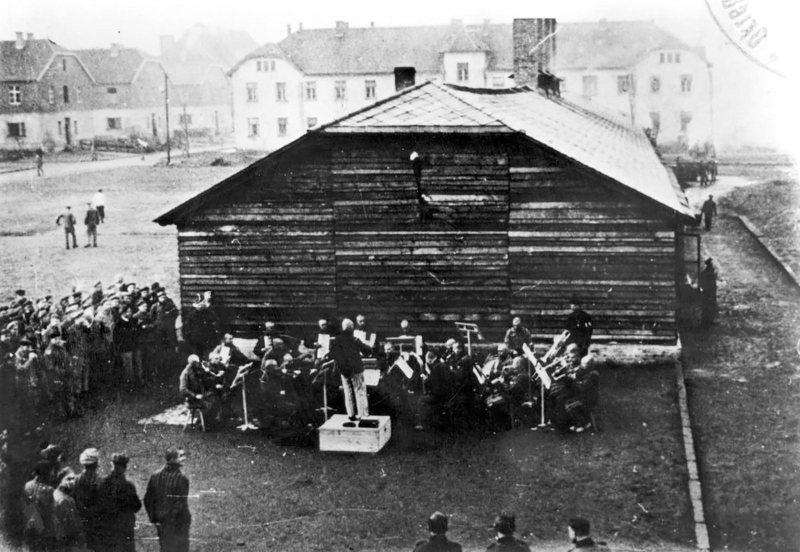
He said that in most concentration camps there was some kind of orchestra, consisting of prisoners playing whatever instruments were available to them.
“At one point there were as many as six orchestras in Auschwitz, all of which were strictly sanctioned by the SS, and in some cases commissioned by the SS,” he said. “They were generally quite small and had a weird mix of instruments,” he said, adding that accordions and saxophones, not found in traditional orchestras, were especially common. Other instruments, such as the oboe and bassoon, were completely absent. “The Birkenau women's orchestra did not have a cellist for years until one woman was found.”
This cellist was Anita Lasker-Walfisch. She is a Holocaust survivor and still lives in the UK. Her grandson Simon Walfish will take part in the play at Sadler's Wells Theater in London on Monday 27 November.
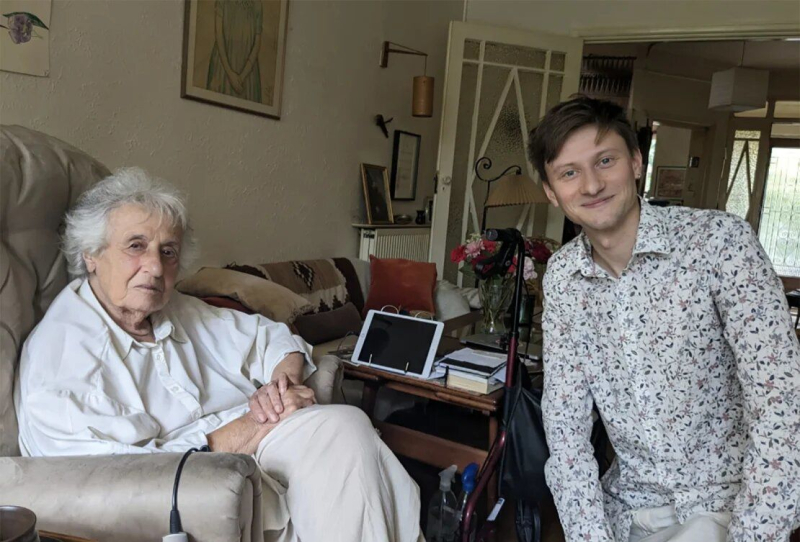
Recalling her experience in an online interview with the Holocaust Memorial Day Foundation, Lasker-Walfisch said: “The fact that I lived for almost a year in Auschwitz was certainly due to the fact that I became a member of the camp orchestra. While the Germans needed an orchestra, they killed us would be counterproductive. Our job was to play at the camp gate every morning and every evening so that the commandos coming and going would march neatly in time with the marches we played. We also had to be available at all times to perform for individual SS officers who came to our neighborhood and wanted to listen to music after sending thousands of people to their deaths.”
According to Geyer, bands sometimes played in secret for other prisoners.
“Many people were grateful for the music they heard; it gave them some sense of normalcy in an incredible other place – a glimmer of daylight in the darkness. Many musicians began to rebel with what we call musical crepegrams, that is, with the help of or other message in the music,” Geyer said, describing “brazen” actions such as interweaving the Polish national anthem into marching music.
Many of the fragments Geyer discovered were incomplete, and some were burned around the edges. His job was to put the pieces together and reunite the missing pieces.
The four restored works will be performed by Constella Music, Geyer's creative force whose work spans opera, dance, film and concert music at Sadler's Wells. “Orchestras of Auschwitz” will be performed as part of a concert dedicated to the tenth anniversary of Constella Music.
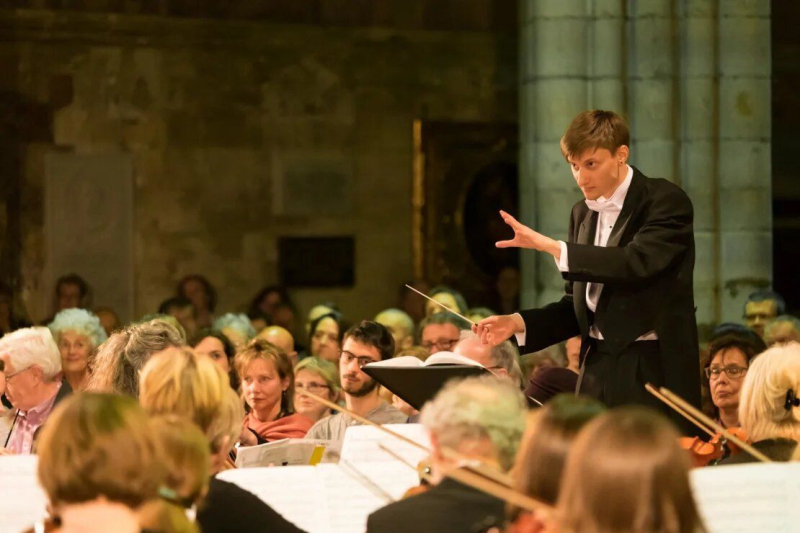
It will be played as it might have been then, with accordions and saxophones rather than woodwinds.
“It almost sounds ominous,” Geyer said, adding, “We're doing this to raise awareness and funding so we can complete the remaining work and present the full series so people can hear this music around the world.”
Let us remember that the janitor at the age of 63 became a professional ballet dancer . Finally his dream came true.
Related topics:
More news

